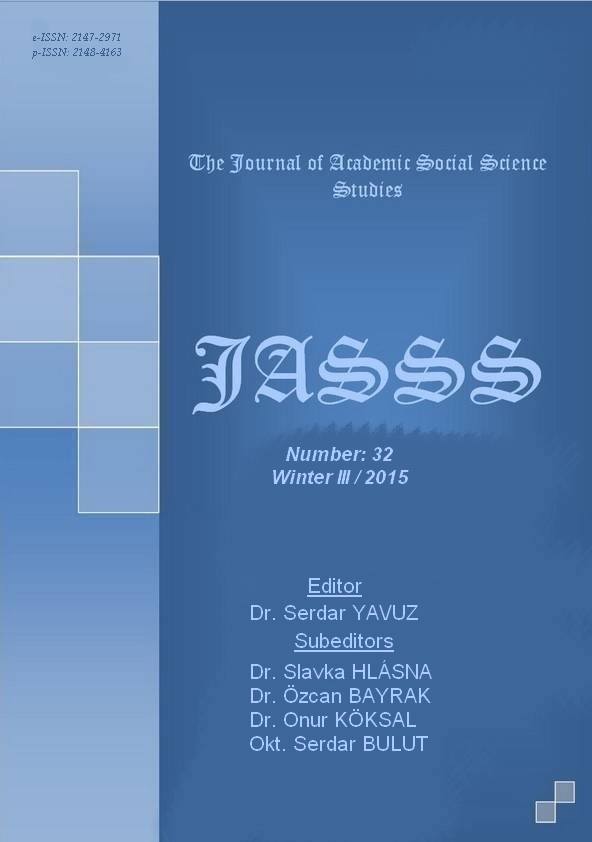Author :
Abstract
Bu çalışmanın amacı, 2001 yılında revize edilen Bloom taksonomisi işe ilgili şu sorulara yanıt aranmasıdır: 1- 1956 yılından bu yana yaygın olarak kullanılmakta olan Bloom taksonomisinin revize edilme gerekçeleri nelerdir? 2- Revize edilmiş Bloom taksonomisindeki değişiklikler nelerdir? Araştırmada, nitel araştırma yöntemlerinden tanımlayıcı (descriptive) yöntem kullanılmıştır. Araştırma problemlerine yönelik olarak, ilgili alan yazından elde edilen verilerin analizi ile ulaşılan sonuçlar şunlardır: 1- Yeniçağ 21. yüzyılda oluşan yeni anlayışlar ve bilgi birikimleri doğrultusunda, öğrenme-öğretme süreçleri ile ilgili değişiklikler kapsamında, orijinal taksonominin yenilenerek, yeni yüzyıla uygun bir yapıya gelmesi gereği doğmuştur. 2- Revize taksonomi ile orijinal taksonomideki katı hiyerarşik çerçeve daha esnek bir hale getirilmiş ve bir kategorinin diğeri ile daha çok bitişik olmasına olanak sağlanmıştır. 3- Revize taksonomide yapılan terminolojik ve yapısal yenilikler, öğretimin planlanması sürecini daha kolay hale getirmiştir. 4- Bilgi ve bilişsel boyut olarak alt basamakların revize edilmesi ve sayısının arttırılması, hedef yazmayı kolaylaştırarak, değerlendirme sürecinde performans değerlendirmeyi olanaklı kılmıştır.
Keywords
Abstract
The objective of this study is to find the answers of the following questions on Bloom’s taxonomy which was revised in 2001: 1- What are the reasons for the revision of the Bloom’s taxonomy which has been used commonly since 1956? 2- What are the differences in the revised Bloom’s taxonomy? Descriptive method was used for this study. The results obtained after the analysis of the data by searching the literature in terms of the problems of the research are as follows: 1- Modern times has required the necessity of the renewal of the taxonomy in accordance with the new understandings and knowledge within the context of learning-teaching processes to be ready for the new century. 2- Revised taxonomy has elasticated the strict hierarchical frame of the original taxonomy and has enabled the adjacency of the categories. 3- The revision in taxonomy on the terminological and structural changes has facilitated the planning process of teaching. 4- The revision of the sub categories in terms of cognitive and informational phases and an increase in their numbers has enabled the performance evaluation for evaluation process by facilitating the objective writing phase.





